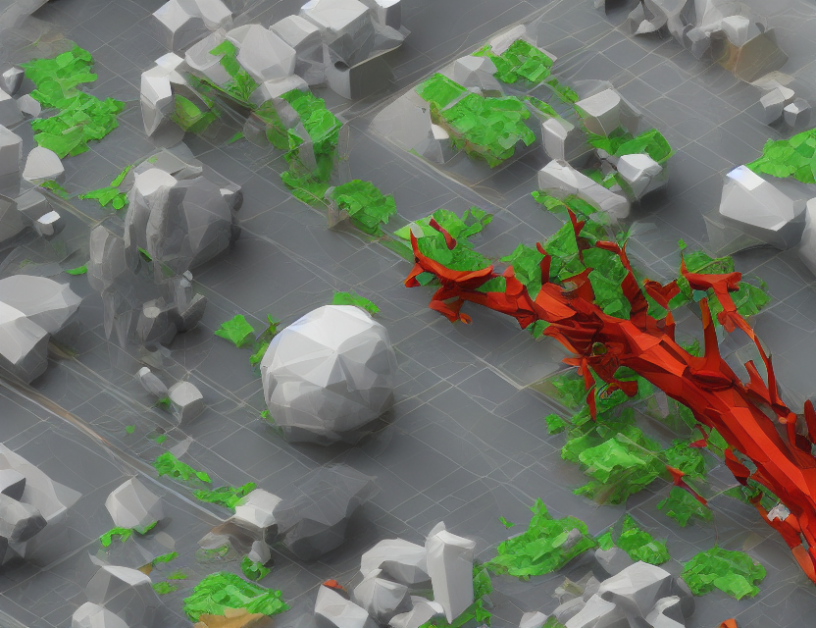In this article, we explore a new approach to self-training for weakly supervised 3D scene understanding, which can significantly reduce the need for manual annotation. The proposed method, called "One Thing, One Click++," leverages a simple yet effective technique called "point cloud segmentation via gradual receptive field component reasoning." This approach enables the model to learn from a small number of labeled examples and generalize well to unseen scenarios.
The article begins by discussing the challenges of weakly supervised 3D scene understanding, where only a limited number of labels are available for training. The authors then introduce their novel approach, which involves dividing the point cloud into smaller regions and using a gradual receptive field component reasoning strategy to segment the points within each region. This allows the model to learn from a small number of labeled examples while reducing the computational cost and improving the accuracy.
The authors demonstrate the effectiveness of their approach through experiments on several benchmark datasets, including the popular SemanticKitti dataset. The results show that their method outperforms state-of-the-art weakly supervised methods and achieves competitive performance with fully supervised approaches.
To better understand this concept, imagine a large-scale dataset of images and their corresponding labels, similar to how we have captions for images on the internet. However, in the context of 3D scene understanding, these labels are much more complex and require a deep understanding of the scene, including objects, their positions, and relationships. The authors’ proposed method enables the model to learn from this large dataset of images and their corresponding labels, even when only a small portion of the labels are available for training.
In conclusion, the article presents a novel approach to self-training for weakly supervised 3D scene understanding, which can significantly reduce the need for manual annotation while maintaining competitive performance with state-of-the-art methods. This approach has important implications for applications such as robotics, autonomous driving, and virtual reality, where 3D scene understanding is critical.
Computer Science, Computer Vision and Pattern Recognition
Enhancing 3D Reconstruction with Weakly Supervised Learning



